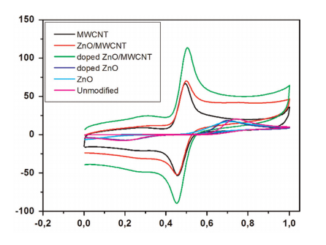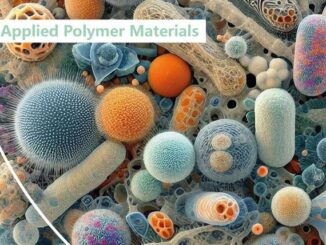
Electrical and mechanical characterization of a flexible conducting composite
Abstract: Composite films made of poly(vinylidene fluoride) (PVDF) and conducting particles of carbon black (CB) were prepared using a hot press. Using different volume fractions of CB filler, electrical properties of the samples were analyzed with current–voltage (I × V) measurements and impedance spectroscopy. To help the discussion, percolation theory and simulation circuits based on Colie diagrams were used. The percolation threshold was found at 3 vol% of CB. At these volume fractions of filler, scanning electron microscopy (SEM) images showed connected particles in the polymer matrix, while in the higher volume content of filler, the particles started to form clusters. Furthermore, it was observed that increasing volume fractions up to 3 vol%, the Young’s modulus and the tensile strength of the composite film were higher than that of the pure polymer, although the rupture strain was decreased. Composite films with 3 vol% of CB showed optimized electrical and mechanical properties and may be useful as an electrostatic dissipater.
Authors: W. D. S. DenizE. A. SousaE. P. S. ArlindoW. K. SakamotoG. C. FuzariJr.
Polymer Bulletin
Volume 72, Issue 7, pp 1787–1797
DOI: http://doi.org/10.1007/s00289-015-1371-y
PDF: Electrical and mechanical characterization of a flexible




